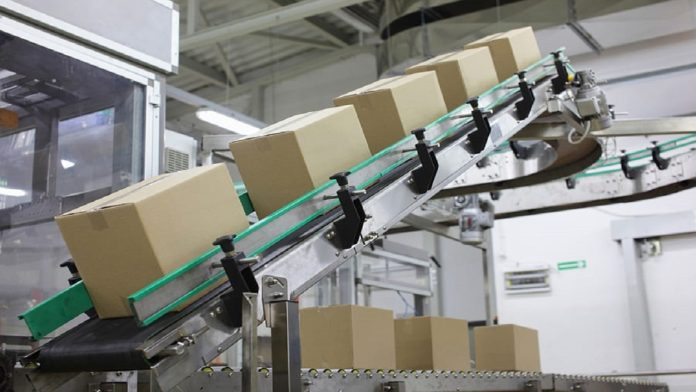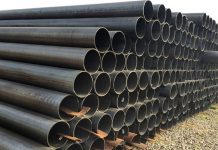Conveyor systems are essential equipment for any modern industry to transport material inside warehouses, factories, and processing plants. As time passes, these systems are being challenged by the need for more reliable, accurate, and optimized solutions. A Double Sided Timing Belt provides many additional benefits and is a crucial aspect of innovation in the conveyor industry. These advantages have made a difference in their use in different procedures. Let’s delve into the article to explore how these double-sided timing belts serve the conveyor systems.
The Role in Conveyor Systems
Durability and flexibility are expected features of a conveyor system, and their efficiency plays a major role in choosing such a system. A single-sided belt can only give power in one direction; hence, it is normally used with other components to cater to the reverse direction of movement. Double-sided timing belts do away with this requirement as they can transmit power in either direction, making the design of conveyor systems easier. Besides, technical features include accurate, simultaneous, and very low slippage movement of materials on a conveyor when using double-sided timing belts.
Pros of Double-Sided Timing Belts
Increased Efficiency
A positive aspect of double-sided timing belts offered by brands like ZZR is that they can run in both a forward and reverse direction. This will also minimize the need for complicated and bulky systems that may have other gears or motors included in their structure. Belt conveyors that use both sides of the belt enable efficient utilization of space and require a simpler mechanical configuration of the conveyor systems, thus providing efficiency in the overall supply of conveyor systems.
Durability and Longevity
It should be noted that double-sided timing belts are also produced from enhanced materials such as elastomer-coated aramid fabric combined with high-strength fiberglass cords to encompass higher load-carrying capacities. These materials give high tensile strength, wear resistance, and increased loading capacity, which is necessary for the severe services of conveyors and associated systems.
Cost-Effective
This means that employing so-called double-sided timing belts can minimize the necessity of utilizing additional elements such as idler pulleys or advanced drives. Since these belts can be made relatively thin, they make the overall construction even more compact, ultimately leading to less expense in both the initial purchase price and over the long term.
Reduced Maintenance
Due to their greater wear, weather resistance, and load-bearing capacity than conventional timing belts, double-sided belts are used less often for maintenance. Less frequency of adjustments and replacements thus results in maximum conveyor system uptime and lower costs.
Applications Across Conveyor Systems
Double-sided timing belts are employed in many industries that apply material transportation efficiency. They are particularly advantageous in companies where the conveyed products may be vulnerable to misalignment or slippage. For instance, the food industry assists in avoiding cases where the carriage of products gets destroyed or spilled. They also help guarantee that sensitive loads are correctly mobilized in the electronics industry.
Conclusion
The latest development of double-sided timing belts has undoubtedly set a new paradigm in advancements in the conveyor system. This translates into functionality in both directions, durability, high efficiency, and a tool that is cheaper to employ in current conveyor technology systems. In the future, these belts will prove indispensable in enhancing the operational capacity and efficiency of conveyors in all sectors of industry.



















